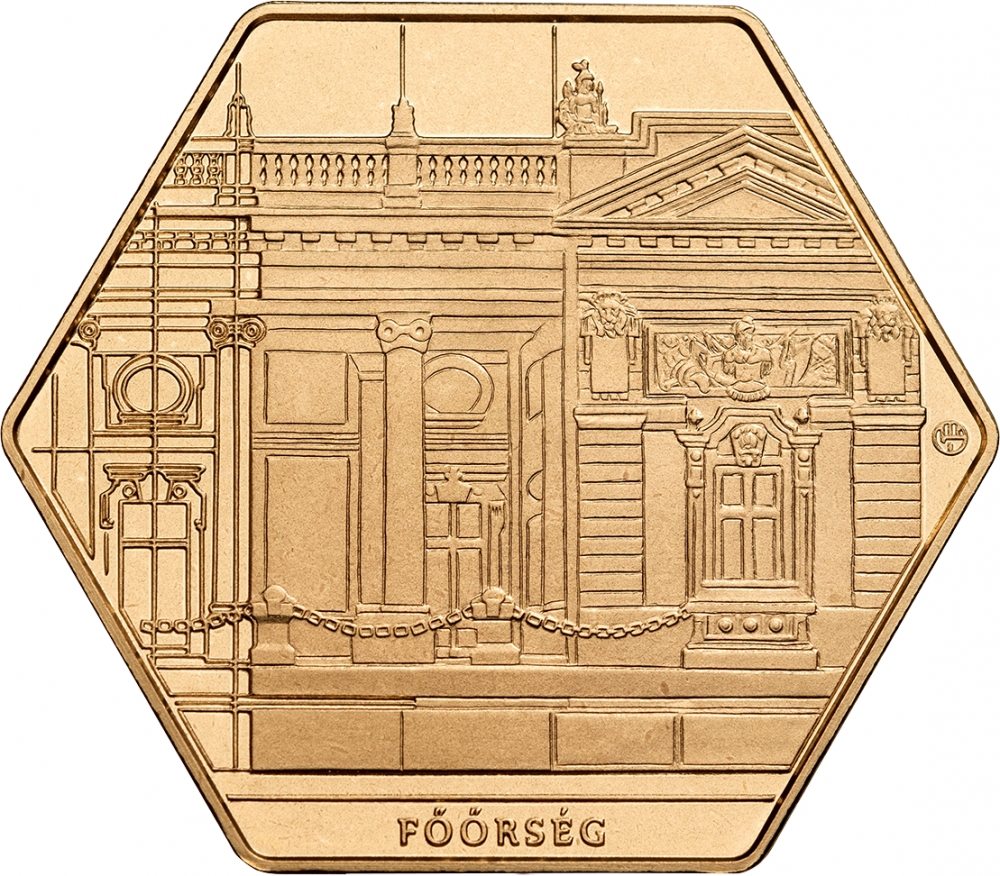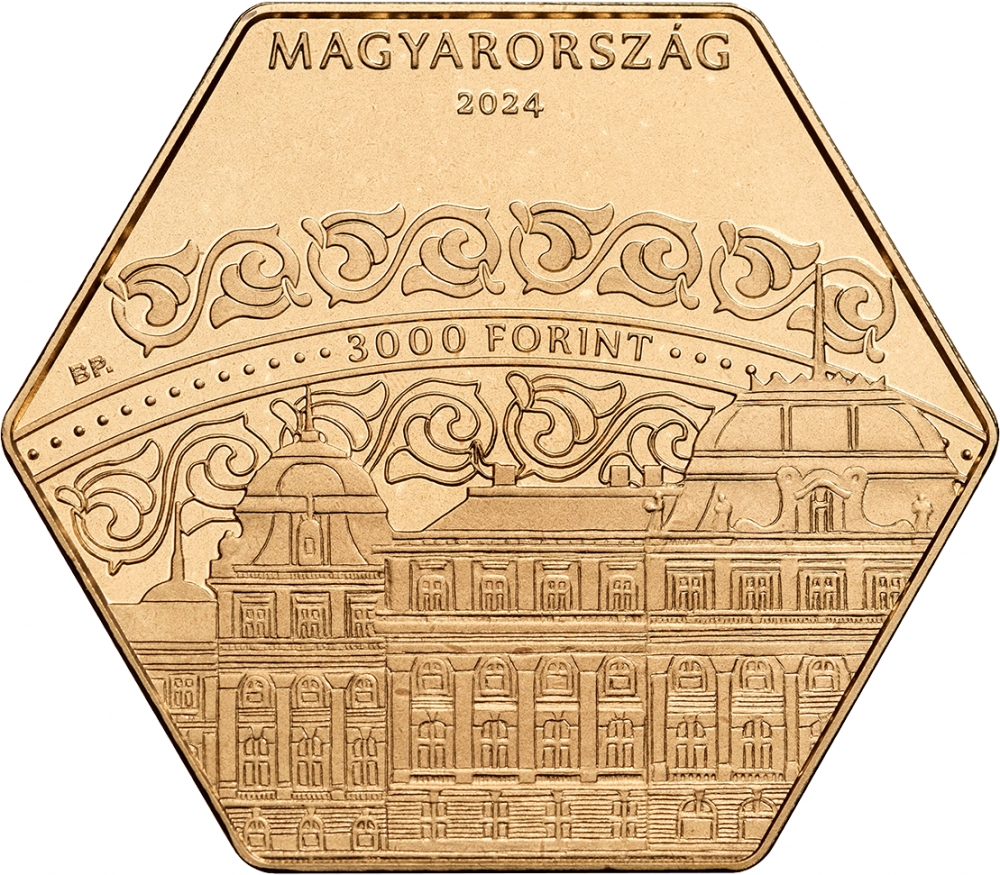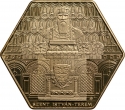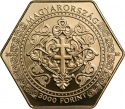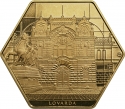You are about to finish your registration. Please check your mailbox (including spam folder). There should be a letter with a confirmation link. Check setting to make sure that your e-mail address is correct.
Send letter againDescription
In 2019, the National Hauszmann Program was initiated to restore the Buda Castle Quarter's historic appearance, as envisioned by architect Alajos Hauszmann at the turn of the 19th and 20th centuries, highlighting Hungary's rich intellectual and cultural heritage. As part of this initiative, the St. Stephen's Hall, a splendid historical chamber showcasing the pinnacle of Hungarian applied arts, was meticulously restored. Originally proposed by Vilmos Zsolnay for the Royal Palace's expansion, Hauszmann embraced this vision and created three historical halls honoring great Hungarian monarchs. The neo-Romanesque and Hungarian Art Nouveau-style St. Stephen's Hall commemorates the House of Árpád, featuring work from renowned artists and craftsmen of the era. The hall's intricately inlaid parquet floors, wooden paneled walls, unique curtains and furniture, and stunning Zsolnay ceramics are considered independent works of art. The hall received international acclaim at the 1900 Paris World's Fair.
After the election of Miklós Horthy as Regent and the dethronement of the Habsburg dynasty, the Royal Hungarian Bodyguard was established, preserving the traditions of previous bodyguard units while adapting to the contemporary requirements of daily service in Buda Castle. The new unit's duties were expanded to include the protection of Regent Miklós Horthy and his family members. A special guardhouse building was constructed between 1853 and 1854 in Buda Castle to serve as the station for these elite soldiers, but it was demolished in 1901. The new Guardhouse, designed by Alajos Hauszmann, was completed in 1903 and adorned with reliefs and sculptures depicting military successes. The building was damaged during World War II and was later demolished. The structure seen today was rebuilt by 2020 and is located in the Hunyadi Courtyard of the Buda Castle, housing an exhibition that commemorates the former royal bodyguard.
Engraver: Zoltán Endrődy
Obverse

|
Depicts a section of the Main Guardhouse, reconstructed as part of the National Hauszmann Program. The building is represented with a linear style on the left, a model-like appearance in the center, and a more detailed, three-dimensional form on the right. Below the building representation, the inscription "MAIN GUARDHOUSE" is visible. Along the edge of the reverse side, on the right, is the privy mark of the engraver is placed. FŐŐRSÉG |
|---|---|
Reverse

|
Depicts in the central field a curved of two decorative motifs reminiscent of the wall tapestry pattern from the Saint Stephen Hall of the Buda Castle. The motifs are separated by a pearl string between two arcs, interrupted in the middle to accommodate the denomination and the inscription "FORINT." Below the decorative motifs, in the foreground, there is a detail of the facade of the Buda Castle as it appeared at the turn of the 19th-20th century. Along the upper edge of the obverse, in two rows, are the inscriptions "HUNGARY" and the issuance year "2024," with the mint mark "BP." on the left side. MAGYARORSZÁG |
| Edge |
3000 Forint
National Hauszmann Programme
Main Guard House
Subscribe series
KM#
National Hauszmann Programme
Main Guard House
Characteristics
| Type | Commemorative Issue (Non-circulating) |
| Material | Nordic Gold |
| Weight | 20 g |
| Diameter | 37.18 mm |
| Thickness | - |
| Shape |
|
| Sides | 6 |
| Alignment | Medal |
| Mint |
Budapest Mint (BP)
|
